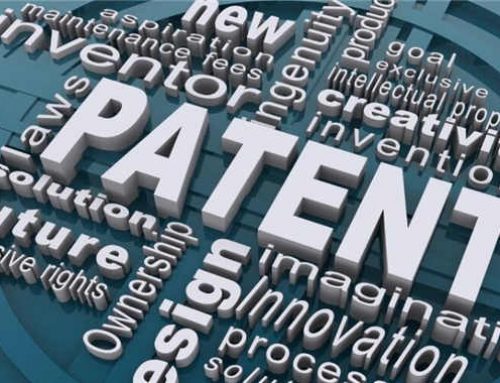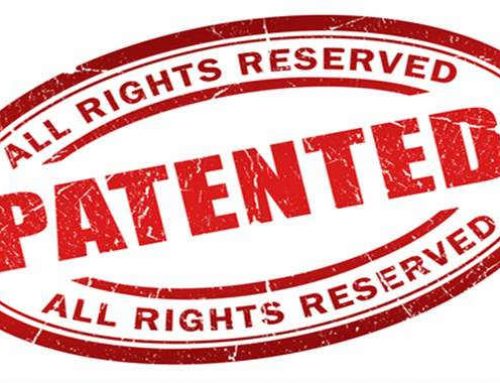1. Essentials
German utility models are a unique form of intellectual property protection obtainable through a swift and inexpensive registration process. Like German patents, German utility models are and will be forever excluded from the future UPC jurisdiction. They confer rights similar to a patent, i.e., cease and desist claims, damage claims, claims to render account, and even destruction claims. Used in tandem with other forms of intellectual property, utility models can be a powerful part of a patent portfolio.
Utility models provide protection only for product claims, including claims that are focused on substances, such as pharmaceuticals. Utility models cannot be used to protect method or use claims (§2 N° 3 Utility Model Act), but the case lawof the Federal SupremeCourt seems to be rather flexible with this exception, which is detailed below. The process of obtaining a German utility model is uncomplicated. The GPTO registers these rights within two to three months without examination as to novelty or inventive step. Similar to a German patent application, a utility mode can be filed in any language provided a German translation is submitted within a three month period from its filing date (§4(b) Utility Model Act). The validity of a German utility model can later be challenged by cancellation proceedings filed with the GPTO (§15 Utility Model Act). A special utility model division has jurisdiction to decide on the validity of the utility model in inter partes proceedings. Its decisions can be appealed to the Federal Patent Court (§18(1) Utility Model Act) and in exceptional circumstances a further appeal is possible to the Federal Supreme Court.
2. Different Protection Standards
A particular advantage of utility models is that the novelty standards are different compared with patents. Of particular interest is a six-month grace period from the disclosure of the invention (§3(1) of German Utility Act), which would ordinarily preclude filing of patent applications. Publications or use within six months preceding the date relevant for the priority of the application shall not be taken into consideration if it is based on the conception of the applicant or his predecessor in title. Thus, where there has already been a barring disclosure for patent applications, an applicant may still be eligible to receive a German utility model.
Furthermore, prior public use of an invention is not a barring act for purposes of utility models if the prior public use occurred outside Germany, as provided in §3(1) of the German Utility Act. However, written publications made in and outside Germany represent relevant prior art. Moreover, even if the invention has been the subject of European or German patents, an applicant may still receive a utility model without prohibition from double patenting rules. Thus, in some circumstances utility models may be the best, or only, option for protecting inventions in Germany.
Up until recently, the main hurdle in utility models was novelty, rather than inventiveness. This has
been changed by a landmark decision of the German Federal Supreme Court, in which the court ruled that an invention protected by a utility model needed, like a regular patent, to feature an inventive step.
3. Registration of a German Utility Model
A utility model application may be filed like any regular patent application, either without claiming a priority, or within the priority year by claiming priority of a previously filed application (§6 of the German Utility Model Act). The GPTO registers a utility model without examining its novelty or inventive step, and without examination of whether or not the application documents are supported by, or originally disclosed in, the parent application documents as filed.
4. Protectable Subject Matter
Utility model protection is possible for all product claims including claims that are directed to substances or pharmaceuticals. According to §§1(2) and 2 of the German Utility Model Act, the following subject matter is excluded from utility model protection:
– discoveries, scientific theories and mathema tical methods;
– aesthetic creations;
– schemes, rules and methods for performing mental acts, games, business methods, and programs for computers;
– presentations of information;
– inventions which violate public policy or the public order;
– plant species and animal species; and
– methods.
Although no examination is carried out by the GPTO with regard to novelty and inventive step, a formal
examination is indeed carried out prior to registration to make sure that no subject matter is registered that falls under the above-mentioned exclusions.
With respect to method claims that generally cannot be the subject matter of a German utility model, a few important decisions of the Federal Supreme Court illustrate that “use” or “method” elements in claims may be permissible in certain circumstances.
First the Federal Supreme Court ruled that utility model protection could be sought for the use of a
substance for the treatment of a disease insofar as claims would at least contain elements of a product
claim, namely a drug.2 Accordingly, the use of a known substance for a medical indication can be
subject to a utility model. The Federal Supreme Court referred in its ruling to the conclusions of the German legislature when enacting the German Utility Model Act in 1986 and concluded that the legislature did not exclude from the act use claims in the context of medical indications. Furthermore, product claims containing method features may be permitted insofar as the involved method features give an indication to the skilled person whether and how structural features of a product have to be implemented according to the teaching of the invention.3 Accordingly, productby-process claims are not excluded from being protected by a utility model.
Chinese patent translation price is very different and chaotic between different companies. If you need Chinese patent translation, feel free to contact us. Our rate is competitive. Venus has translated more than 50M words about patent and translate for more than 100+ patent firms in the world with competitive rate and stable quality.

